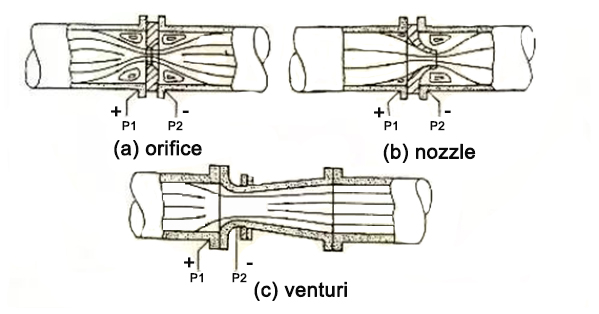The main difference between ultrasonic level gauge and radar level gauge. The sound wave is a mechanical wave with a density of 40; gas, liquid and solid 41; propagation depends on the influence of the medium, temperature and pressure on the measurement. Need temperature compensation. Temperature and pressure measurement are generally not applicable. First of all, the ultrasonic level gauge has a temperature limit. Generally speaking, the temperature of the probe cannot exceed 80 degrees, and the propagation speed of sound waves is greatly affected by temperature. Secondly, the ultrasonic level gauge is greatly affected by the pressure, generally within 0.3MPa, because the ultrasonic wave is emitted by the vibration of the piezoelectric material. When the pressure is too high, the sound part will be affected. When the fog or dust in the measurement environment is large, the measurement effect is not good. The radar level gauge emits high-frequency pulses and propagates along the cable. When the pulse is in contact with the material surface, it is reflected by the receiver inside the instrument and the distance signal is converted into a material level signal. The electromagnetic wave is used as the detection signal, which is reflected to the interface as the dielectric constant changes. Electromagnetic waves can propagate in vacuum without being affected by changes in temperature and pressure. Therefore, it can be used in a high temperature and high pressure environment. The measurement of very low dielectric constant media is not applicable. The radar tube uses electromagnetic waves and is not affected by the degree of vacuum. It has a wide range of applications in terms of medium temperature and pressure. The emergence of high-frequency radar tubes makes the application range of radar tubes wider.Therefore, the radar tube is an ideal choice for level measurement. Other differences between the ultrasonic level gauge and the radar level gauge of Huikeda Instruments. The measuring range of radar is much larger than that of ultrasonic. The radar launch angle is greater than the ultrasonic launch angle. For small or slender containers, non-contact radar launch angle is not recommended, but guided wave radar is generally recommended. Secondly, the radar has horn type, rod type and cable type, which can be used in more complicated situations than ultrasonic. Third, ultrasound is not as accurate as radar. Use high-precision radar instead of ultrasonic. 4. The price of radar is relatively high. Ultrasound is usually lower than radar. Of course, some large-range ultrasonics are also expensive, such as the range of 6 to 70 meters. At this time, the radar can’t reach it, so you can only choose ultrasonic! 5. When using radar, the dielectric constant of the medium should be considered. Six. Ultrasound should not be used for vacuum, excessive steam or foam on the liquid surface
Other differences between the ultrasonic level gauge and the radar level gauge of Huikeda Instruments. The measuring range of radar is much larger than that of ultrasonic. The radar launch angle is greater than the ultrasonic launch angle. For small or slender containers, non-contact radar launch angle is not recommended, but guided wave radar is generally recommended. Secondly, the radar has horn type, rod type and cable type, which can be used in more complicated situations than ultrasonic. Third, ultrasound is not as accurate as radar. Use high-precision radar instead of ultrasonic. 4. The price of radar is relatively high. Ultrasound is usually lower than radar. Of course, some large-range ultrasonics are also expensive, such as the range of 6 to 70 meters. At this time, the radar can’t reach it, so you can only choose ultrasonic! 5. When using radar, the dielectric constant of the medium should be considered. Six. Ultrasound should not be used for vacuum, excessive steam or foam on the liquid surface
Post time: 21-09-21
